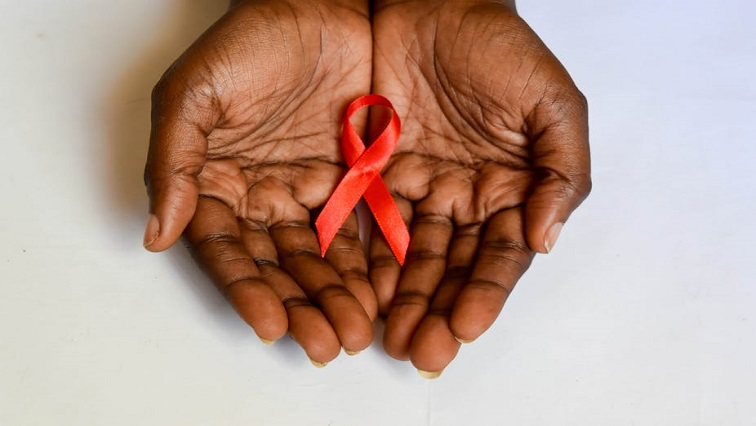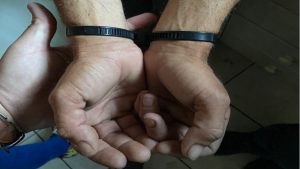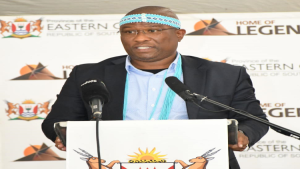As the world commemorates World AIDS Day, access to health facilities and stigmatisation in rural provinces are still hurdles for people living with HIV/AIDS. This comes as thousands of people in the Eastern Cape battle with HIV/AIDS.
Globally, South Africa is still leading with the number of infected people.
South Africa marks World AIDS Day:
To date over four million people have lost their lives to HIV/AIDS.
Chairperson of the People Living with HIV/AIDS and TB in the province, Melikhaya Lusithi, says a lot still needs to be done in the fight against the stigma of HIV/AIDS.
“With regards to stigmatisation and discrimination of people who are living with HIV and TB in the province, we have campaigns, activists who speak openly about their status encouraging those who are afraid to come out and fight.”
Health MEC Sindiswa Gomba has admitted that the COVID-19 pandemic has almost derailed the department’s HIV/AIDS campaign.
“I must confess that when COVID-19 hit us we dropped the ball with almost every other issue. It came as a pandemic and as an emergency but now we are on a catch-up plan for our other issues.”
Mkhize proposes working with youth in breaking stigma around HIV and Aids
Health Minister Zweli Mkhize says he is prepared to work with the youth to break the stigma around HIV and Aids. Mkhize was speaking at the National HIV/AIDS awareness event in Soweto, Johannesburg.
“Part of what we are dealing with even now, as we are dealing with COVID, is issues of youth health as well as family planning. Young people must not feel marginalised and sidelined. We will be working with the NGOs, please come to me and the premier as we would like to work with you. In the same light, I would like us to focus on the issue of stigma, in the sense of what are these actions in the health facility that exacerbate the stigma and let me work together with you as a champion of fighting that stigma.”
The Minister has thanked the youth for sharing their stories. “So today I say thank you for opening our minds to the realities of those who live with HIV. Today we have got youth who reflect our dreams when, many years ago, we targeted the elimination of mother-to-child HIV transmission. We are now witnessing this youth themselves becoming parents and activists, advocating for continued advancement in the combat against HIV.”
Mother-to-child infections in Africa
Africa remains the continent with the largest population of people living with HIV/Aids. In 2019, 20.7 million people were living with the virus in East and Southern Africa.
Though strides have been made in recent years to curb the spread of the virus, with Anti-Retro-viral Treatment (ART) being available to many, some countries still lack the capacity to effectively reduce the infection rate from HIV positive mother to newborn child.
According to data provided by Avert.org, Nigeria is one of the worst-performing African countries in dealing with mother-to-child transmission with an infection rate of 22%.
South Africa, on the other hand, has managed to reduce this rate because of a comprehensive roll-out of ARTs put in place by government. Data released in 2017 shows that South Africa has a 1,3% mother-to-child transmission rate.
Mother-to-child infection infographic below:

Loading…






